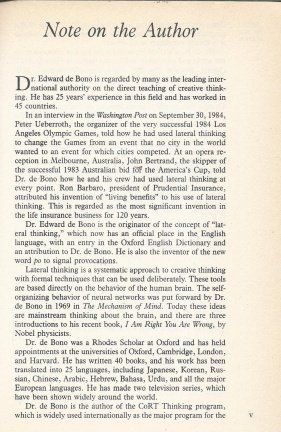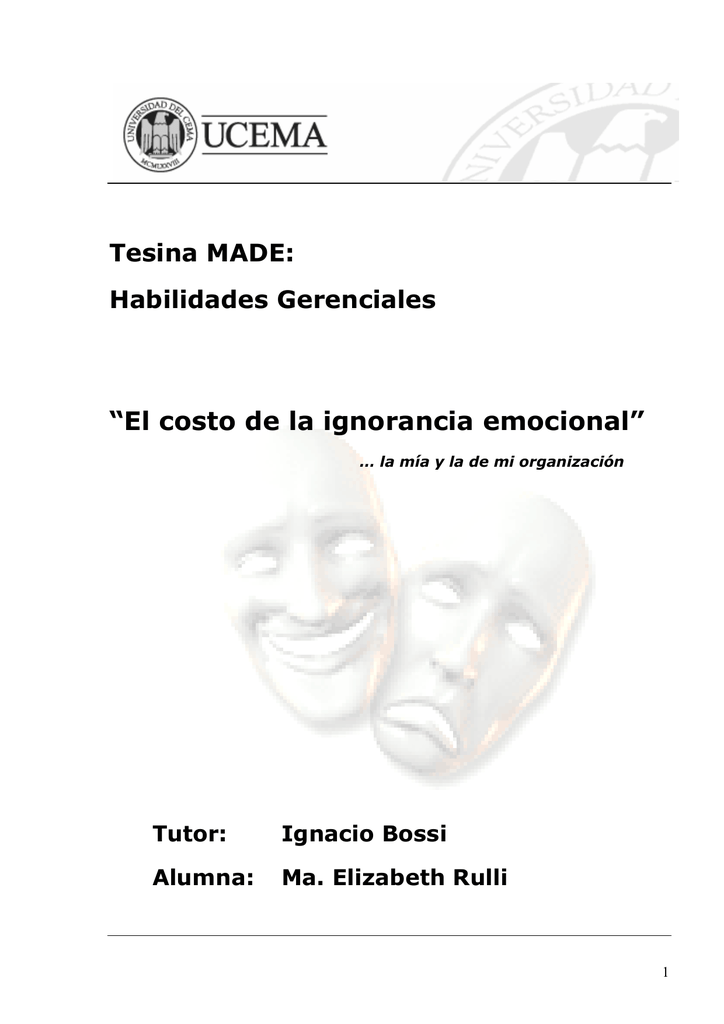
These two aspects are the focus of the experiments reported in this paper. The ‘Dual Way to Creativity’ model suggests that the key aspects of creativity are firstly flexibility, namely the consideration of a range of diverse ideas, and secondly persistence, focusing on an issue in a more detailed way (Baas, De Dreu, & Nijstad, 2008).

It is this conception of creativity that underpins this paper and the research investigations it reports. The implications for the creativity in education are discussed in the light of these new findings.Īlthough creativity has been defined in various ways, in much contemporary literature, particularly that associated with entrepreneurial or innovative education and practice, it is often characterized as a product, which is both unique and useful (De Bono, 2015 Nijstad, De Dreu, Rietzschel, & Baas, 2010 Paulus, 2000 Paulus & Coskun, 2013). The speed instruction appeared to further enhance the number of unique and flexible ideas of participants with the highest number of unique ideas being generated by participants using the green hat. Findings suggested that the green hat enhanced the generation of more unique ideas than the yellow hat and red one. In addition, the effect of speed on idea generation was investigated in Experiment 2.

Experiment 2 was conducted to investigate the characteristics of creativity produced by the green and yellow hat as well that of the red one that produced the lowest performance in Experiment 1. Albeit being not significant, there was a trend for higher performance of participants using the green hat in terms of deep ideas.

Experiment 1 investigated the effectiveness of each hat separately and showed that the participants in the yellow hat outperformed those in the red one in terms of unique or creative ideas in brainstorming. They then were asked, individually, to generate ideas for 12 min in a brainstorming session. In the first one, the participants were allocated one of the six colors of ‘thinking hat’s and read an explanation of what focus of frame that hat required.

This paper reports on two experiments using thinking hats. Although De Bono’s ‘six thinking hats’ have been suggested to be beneficial for developing creativity in learners, little is known about how these hats are effective in doing so.


 0 kommentar(er)
0 kommentar(er)
